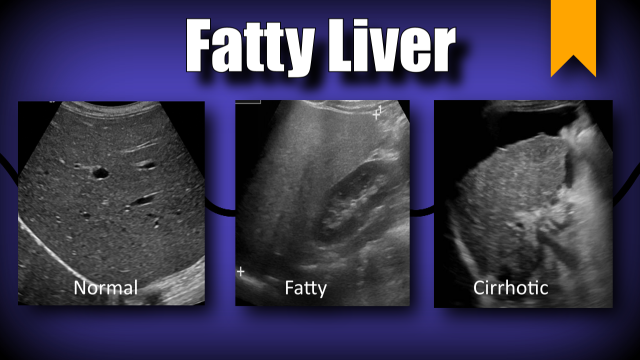Have you ever heard of the term “hepatic echogenicity” and wondered what it means? Well, the liver is a complex organ that performs many essential functions in the body, and changes in its echogenicity can indicate potential health issues. In this article, we’ll explore what hepatic echogenicity is, what can cause changes in liver echogenicity, and how to manage these changes.
What is Hepatic Echogenicity?
Hepatic echogenicity refers to the appearance of the liver tissue on ultrasound images. Ultrasound is a non-invasive imaging technique that uses high-frequency sound waves to produce images of internal organs, including the liver.
On ultrasound images, liver tissue typically appears as a uniform shade of gray, known as echogenicity. Changes in echogenicity can indicate potential liver health issues, such as fatty liver disease or liver fibrosis.
Hepatic echogenicity can be affected by a variety of factors, including liver disease, medications, and lifestyle factors. In cases where changes in echogenicity are detected, it’s important to follow up with a healthcare provider to determine the underlying cause and appropriate management.
Causes of Changes in Hepatic Echogenicity:
Changes in hepatic echogenicity can be caused by a variety of factors, including liver disease, medications, and lifestyle factors.
- Liver Disease: Liver diseases such as fatty liver disease, hepatitis, and cirrhosis can cause changes in liver echogenicity. For example, in fatty liver disease, the liver can appear more echogenic due to the accumulation of fat within the liver tissue. In hepatitis, the liver may appear less echogenic due to inflammation and scarring.
- Medications: Some medications can also cause changes in liver echogenicity. For example, certain chemotherapy drugs and antibiotics can cause liver damage, which can result in changes in echogenicity.
- Lifestyle Factors: Lifestyle factors such as alcohol consumption and obesity can also affect hepatic echogenicity. Excessive alcohol consumption can cause liver damage and inflammation, leading to changes in echogenicity. Obesity is also a risk factor for fatty liver disease, which can cause changes in liver echogenicity.
Managing Changes in Hepatic Echogenicity:
If changes in hepatic echogenicity are detected, it’s important to follow up with a healthcare provider to determine the underlying cause and appropriate management. Your healthcare provider may recommend additional testing or refer you to a specialist, such as a hepatologist or gastroenterologist, for further evaluation.
The management of changes in hepatic echogenicity will depend on the underlying cause. If the changes are related to lifestyle factors, such as excessive alcohol consumption or obesity, your healthcare provider may recommend lifestyle changes, such as reducing alcohol intake or losing weight, to improve liver health.
In cases of liver disease, the treatment will depend on the specific condition. For example, if the changes in hepatic echogenicity are due to fatty liver disease, the treatment may involve weight loss, dietary changes, and exercise. If the changes are due to liver fibrosis, treatment may involve medications to slow the progression of the disease, lifestyle changes, or even liver transplant in severe cases.
It’s important to prioritize liver health by maintaining a healthy lifestyle and getting regular check-ups with a healthcare provider. By doing so, you can catch potential liver issues early and manage them effectively.
Comparison of Causes, Symptoms, and Treatment of Common Liver Diseases:
| Condition | Causes | Symptoms | Treatment |
|---|---|---|---|
| Fatty Liver Disease | Obesity, alcohol consumption, medication use | Usually none, but can cause fatigue | Lifestyle changes (diet, exercise, weight loss) |
| Hepatitis | Viral infection, medication use, alcohol use | Abdominal pain, fatigue, jaundice | Medications, lifestyle changes |
| Cirrhosis | Chronic liver disease, alcohol use | Fatigue, weakness, abdominal pain | Lifestyle changes, medications, liver transplant |
It’s important to note that this table is not exhaustive and that the specific symptoms and treatment options for liver disease may vary depending on the underlying cause.
Conclusion:
In summary, hepatic echogenicity is a term used to describe the appearance of liver tissue on ultrasound images. Changes in echogenicity can indicate potential liver issues caused by liver disease, medications, or lifestyle factors. Management of these changes will depend on the underlying cause and may involve lifestyle changes, medications, or even liver transplant.
Regular check-ups with a healthcare provider and prioritizing liver health through a healthy lifestyle are key to maintaining liver health and catching potential issues early.
Originally posted 2023-05-01 15:11:47.



